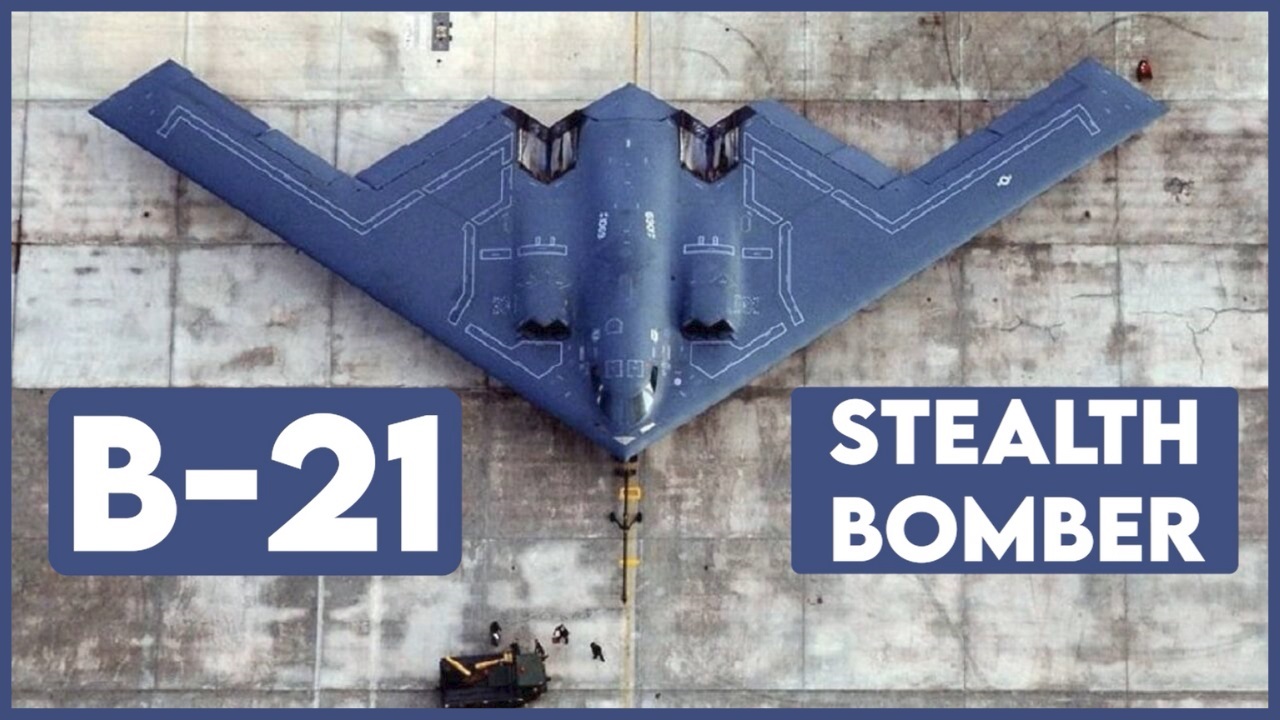Australia once reportedly considered acquiring the B-21 Raider to boost its long-range strike capabilities and counter China’s belligerence.
Defense analysts from the country’s premier think tank, the Australian Strategic Policy Institute (ASPI), previously explored the potential for the B-21 bomber to serve Australia.
Also, in August 2022, the Australian Defense Minister, Richard Marles, hinted that the next-generation stealth bomber was “being examined” for a potential purchase.
However, this is the first time the B-21 Raider has been discussed in Australia’s most crucial defense policy document, based on which the country allocates its defense budget.
“The Review has undertaken detailed discussions in Australia and the United States in relation to the B-21 Raider as a potential capability option for Australia,” said the report.
In the end, however, the Australian government decided against buying the B-21s. Instead, it opted to acquire more long-range strike weaponry for its fifth-generation F-35A stealth fighter jets and its F/A-18F Super Hornet fighters.
“In light of our strategic circumstances and the approach to Defense strategy and capability development outlined in this Review, we do not consider the B-21 a suitable option for consideration for the acquisition,” the report said.
Massive Costs Of B-21 Raider
Marcus Hellyer and Andrew Nicholls, experts on cost and capabilities in defense acquisitions, explored the potential for the B-21 to serve Australia in a report for the ASPI.
As the EurAsian Times reported earlier, Australia’s fifth-generation F-35 stealth fighter jets have repeatedly been criticized because of their exorbitant prices and shortcomings in their capabilities relevant to Australia’s security needs.
However, Hellyer and Nicholls, in their report, asserted that a B-21 Raider can complete missions that the F-35A cannot under any circumstances complete.
A single B-21 can reportedly carry ordnance equivalent to at least six F-35As. According to some experts, the B-21 is believed to be capable of traveling as far as 9,600 kilometers, which far exceeds the F-35A’s effective combat radius, which is only about 1,000 kilometers.
Even with an aerial refueling tanker aircraft, the F-35A’s range could be extended only up to around 1,500 kilometers.
Nevertheless, Hellyer and Nicholls suggested that the Australian government must weigh the aircraft’s massive cost with the advantages it could provide. They noted that the total acquisition cost and the annual sustainment cost for a squadron of 12 B-21s would make it among the most expensive current capabilities of the Australian Defense Forces (ADF).
And this is what appears to have happened. The bomber’s massive cost seems to have offset the advantages it could provide. It is unclear why the Australian government ruled out the B-21s, but the cost factor could have impacted the decision.
The stealth bomber costs nearly $700 million per plane. The total acquisition cost for a squadron of 12 aircraft would be $25–28 billion, which would also include new facilities, missiles, training, and other costs.
Australia’s total defense budget for the 2022-23 financial year is around $33.7 billion, compared with approximately $31.5 billion in the 2021-22 period.
Also, the annual sustainment cost of a fleet of 12 B-21s for Australia, as estimated by the ASPI, could amount to around $500 million annually.
Sensitive Technology Of B-21 Stealth Bomber
Other than the massive cost of the B-21 Raider, reports suggest that the next-generation bomber’s cutting-edge capabilities come with a highly stringent set of export controls, putting it out of the reach of even the closest US allies, like Australia.
The B-21 features some of the most advanced and highly secretive technologies, and it will also be a mainstay of the bomber branch US’ strategic nuclear deterrent. Therefore, access to such a platform cannot be shared for obvious reasons.
Furthermore, before approving the B-21 for sale to Australia, the US government would consider the strategic impact of placing the stealth bomber close to China. It seems unlikely that Beijing would take this lightly and not make some countermove.
Similar factors contributed to the US export policy for the F-22 Raptor stealth fighter, which was also linked to possible Australian interests.
The sensitivity of the F-22’s technology prevented its sale to Australia or any other country. Compared to that, the B-21 will most certainly incorporate more secretive features.
On the upside, an export order for the B-21 would lower the costs of a massively expensive program. However, cost reduction and sustainment scale benefits cannot simply offset the risk of potentially losing or compromising one of the bombers or the several secrets it contains.

That said, Australia may not necessarily be kept out of the entire B-21 program forever, as in the past, US Air Force (USAF) Secretary Frank Kendall indicated that “the United States, in general, would be willing to talk to Australia” about some sort of a deal involving the B-21s.
Reports suggest that the Royal Australian Air Force (RAAF) could provide exchange pilots to the B-21 program while simultaneously establishing a rotational deployment of the new stealth bombers to Australia.
This would follow the US Air Force’s (USAF’s) bomber deployments to Australia as part of the Enhanced Air Cooperation Initiative under the Force Posture Agreement between the US and Australia. This initiative includes the rotational deployment of US aircraft of all types to Australia for joint training and exercises with the RAAF.
- Contact the author at ashishmichel@gmail.com
- Follow EurAsian Times on Google News




